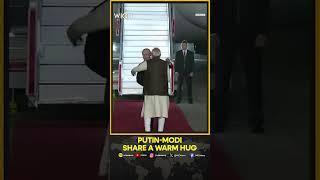| From flying cars to pods that travel at over 1,000kph, revolutionary new ways to travel are being dreamed up by ambitious companies. But which pioneering visions are most likely to take off?
Click here to subscribe to The Economist on YouTube: https://econ.st/2xvTKdy Hollywood movies have envisaged a future of hoverboards and flying cars – these imaginary machines might not be too far from reality. By 2030 a quarter of shared passenger miles traveled on America’s roads could be in self-driving vehicles. It’s believed eight out of ten people will be using Robotaxis in cities where available by 2035. There will also be more emphasis on sharing journeys. All this could reduce the number of cars on city streets by 60 percent, emissions by 80 percent, and road accidents by 90 percent. And then there are flying cars – or more accurately – passenger drones and helicopter hybrids. Uber is investing heavily in this technology. Los Angeles, Dallas, and some states in Australia could see test flights within a couple of years – but these cross city flights will require changes to air traffic control systems, which will probably take longer to develop than the flying vehicles themselves. Traveling across country could be far quicker too. China is leading the world in high-speed bullet trains that are capable of traveling over 400 kilometres per hour. By 2020, 80 percent of the country’s major cities could be linked to the network. But for high-speed travel, the ambitious Hyperloop could leave bullet trains in the dust. It’s an ambitious system in which pods move along tubes in a mere vacuum. The lack of air resistance means pods could reach speeds of over 1,000 kilometers per hour. Virgin wants to deliver a fully operational Hyperloop system by the mid-2020s. The company claims its Hyperloop pods could travel from Los Angeles to Las Vegas in 30 minutes. But the potential dangers of travel at such great speeds, and the cost, mean the Hyperloop will not be a reality for decades. In the air, the makers of supersonic jets are promising to slash travel times too. Arion wants to carry 12 passengers in luxury at 1.4 times the speed of sound – about 60% faster than typical aircraft today, and rival Boom hopes to be flying its supersonic airliner by 2023, carrying 55 passengers up to 2.2 times the speed of sound. Skeptics say these ideas are impractical and expensive, with many technical challenges to overcome. Despite this, tech and engineering companies are boldly taking up the challenges of passenger transit – promising to propel us into the future Daily Watch: mind-stretching short films throughout the working week. For more from Economist Films visit: http://films.economist.com/ |
Tags:








































